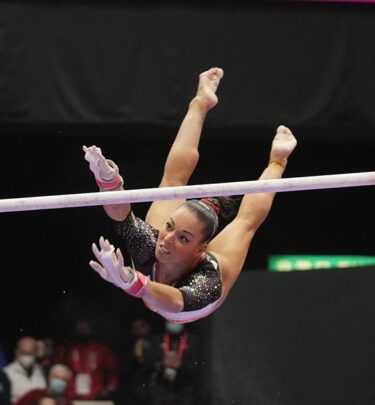A leaked trove of documents opens a rare window into Chinese hacking practices
China has long used hacking as a political and law-enforcement tool to put eyes on dissidents, governments and other people it wants to watch. Because of Associated Press reporting efforts, the picture of how that is done — and what it might mean — is a bit clearer now. On Feb. 19, multiple sources alerted […]
MARCH 1, 2024
Discover
